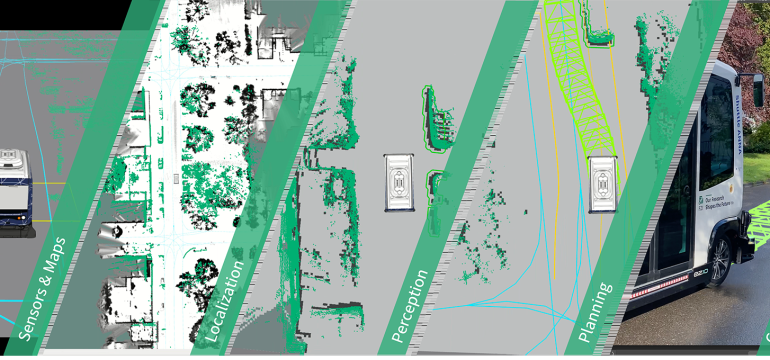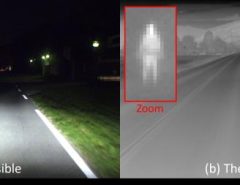Authors: Sven Ochs, Jens Doll, Daniel Grimm, Tobias Fleck, Marc Heinrich, Stefan Orf, Albert Schotschneider, Helen Gremmelmaier, Rupert Polley, Svetlana Pavlitska, Maximilian Zipfl, Helen Schneider, Ferdinand Mütsch, Daniel Bogdoll, Florian Kuhnt, Philip Schörner, Marc René Zofka, J. Marius Zöllner
Published on: April 03, 2024
Impact Score: 7.2
Arxiv code: Arxiv:2404.02645
Summary
- What is new: A scalable and adaptable automated driving stack that can be easily integrated and tested with novel technologies, and is flexible across different types of vehicles.
- Why this is important: Most automated driving functions are hardcoded for specific tasks or vehicles, making it hard to update or integrate new modules and algorithms.
- What the research proposes: A modular driving stack that allows for fast integration of new research approaches and can be customized for various vehicles, including passenger cars and shuttles.
- Results: Successfully deployed in real-world environments, showcasing adaptability across different vehicles and in urban passenger transport.
Technical Details
Technological frameworks used: Modular design for scalability and adaptability
Models used: Localization, perception, planning, controller, and additional safety modules
Data used: nan
Potential Impact
Automotive manufacturers, autonomous driving startups, and public transportation services could benefit from adopting or adapting this flexible automated driving stack.
Want to implement this idea in a business?
We have generated a startup concept here: FlexDrive Solutions.




Leave a Reply